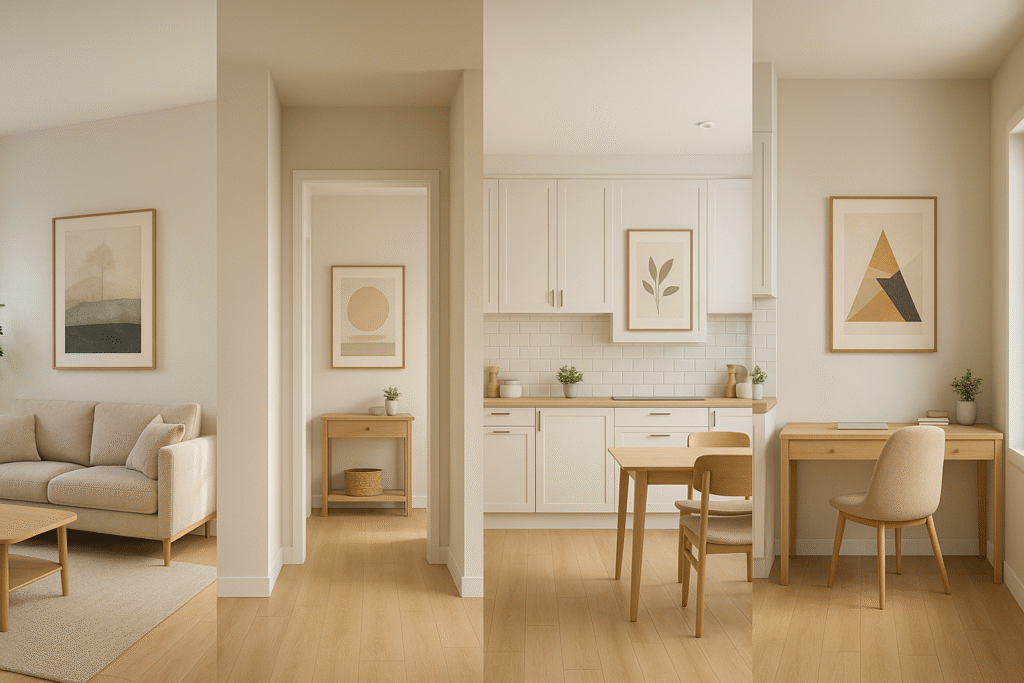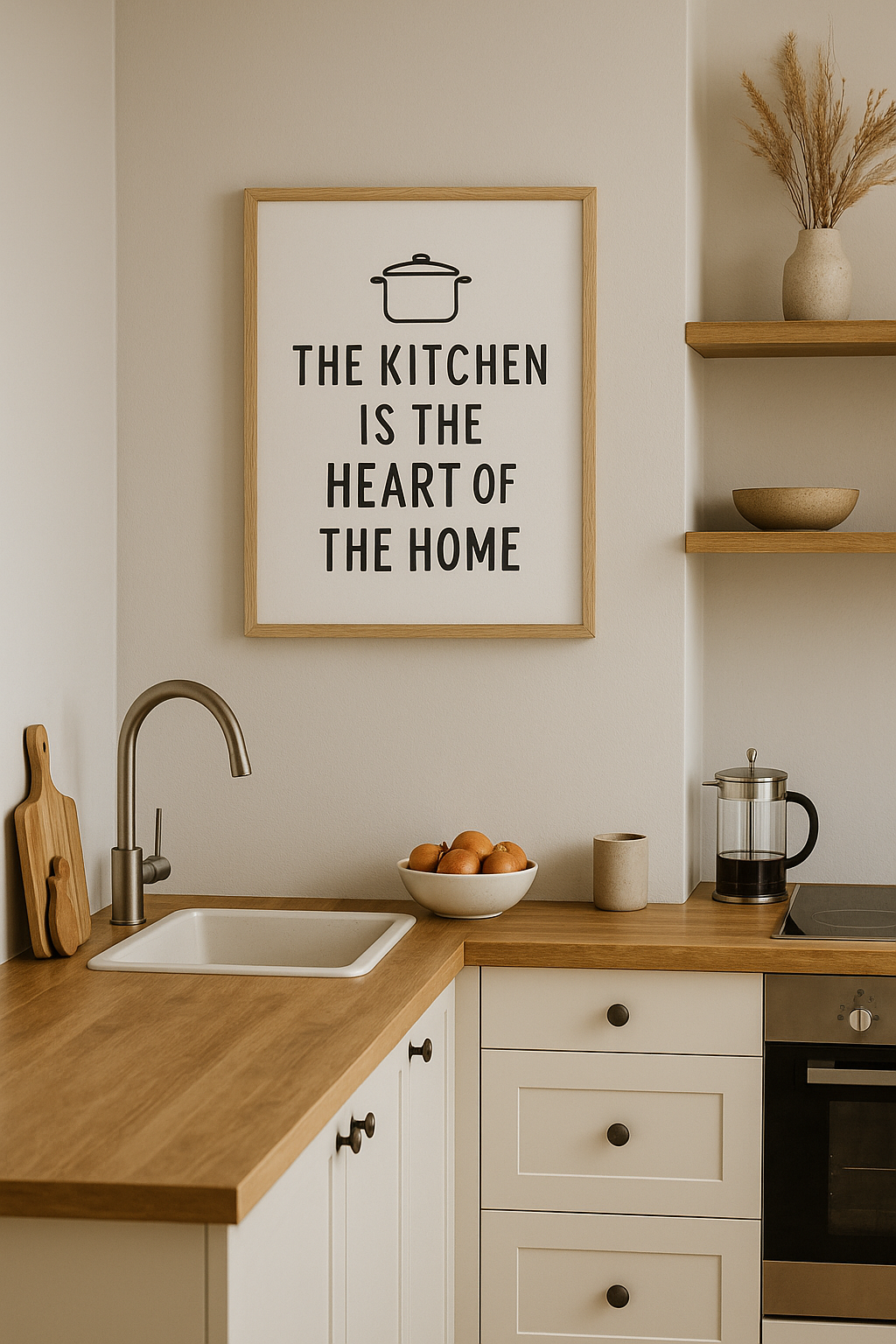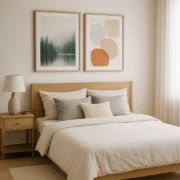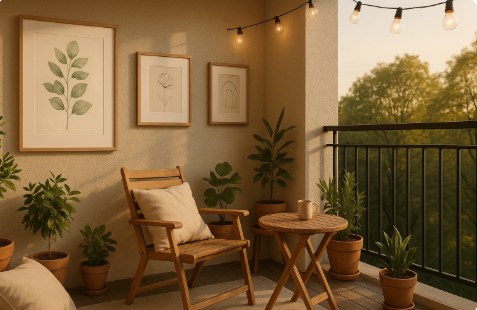
Choosing the perfect art for every room can elevate not just the walls, but the emotional tone of your home. Art has the power to transform a space—it brings personality, atmosphere, and resonance to any environment. But not all art belongs in every room. A piece that energizes a kitchen might disrupt the calm of a bedroom. In this guide, we explore how to choose the right art for each room in your home—so that every wall not only looks beautiful but feels right.
Why Room-Specific Art Matters-Art for every room
Each room in your home has a purpose. Some are meant for rest, others for activity, inspiration, or gathering. When selecting art, you’re not just choosing colors or themes—you’re shaping how that space will feel for anyone who enters it, including yourself.
Art has psychological and emotional weight. A large, bold abstract may elevate a dining room, but overwhelm a small bathroom. A minimalist print may bring serenity to a bedroom, but seem underwhelming in a social space. The art must speak the language of its environment.
Key Factors to Consider in art for every room
1. Size and Scale
Match the size of the artwork to the wall and surrounding furniture. Large, open walls can accommodate big canvases or gallery-style arrangements. Smaller rooms benefit from single, well-placed pieces that don’t dominate the space.
2. Color Palette
Coordinate the colors of the artwork with the room’s design elements: wall tones, furniture, textiles. Choose either complementary colors for harmony or contrasting tones for a bold statement.
3. Style and Mood
Every room tells a story. Your artwork should align with the intended mood:
- Minimalist or abstract for a modern vibe
- Nature or botanical prints for calm and grounded spaces
- Bold graphics for energy and creativity
4. Intention and Function
Let the purpose of the room guide your selection. Is the space meant for conversation, focus, relaxation, or creativity? Choose art that enhances that activity rather than competing with it.
Art for Each Room
Living Room
This is often the central gathering place. Choose statement pieces that spark conversation or reflect the personality of the household. Large-scale abstracts, landscapes, or photographic art work well. A gallery wall of mixed frames can also create visual interest.
Bedroom
Prioritize serenity. Soft colors, nature scenes, gentle abstracts, or symbolic artwork can support a restful atmosphere. Avoid high-contrast or chaotic compositions that might disturb sleep or calm.
Kitchen
Art in the kitchen should be light, cheerful, and supportive of energy and creativity. Smaller pieces or framed prints of fruits, herbs, vintage labels, or minimalist illustrations are ideal. Typography with uplifting phrases can also add charm.
Bathroom
Use moisture-safe prints or framed digital art. Themes like water, nature, or spa-inspired imagery work well. Keep it simple and avoid over-decorating; one or two focused pieces are enough.
Office or Workspace
Choose art that fuels focus and motivation. Geometric designs, minimalist color studies, or motivational prints work well. If creativity is central to your work, incorporate bold shapes, abstract explosions, or dynamic brushwork.
Entryway
Set the tone for the entire home. This is a great place for personal, welcoming, or inspiring pieces—art that reflects who you are or what you value. It can be a single standout piece or a curated pair.
By understanding how art interacts with the purpose of each space, you can make intentional choices that improve the emotional and aesthetic flow of your home. Whether you’re refreshing a single corner or planning a full redesign, selecting the right art for every room helps align beauty with function.
Want to go deeper? Start with one of our focused space guides like Balcony Scapes to explore specific decorating ideas.




